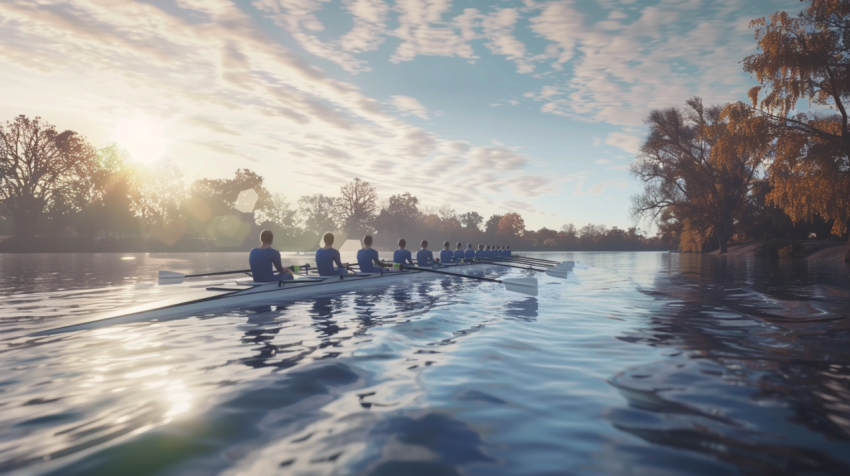



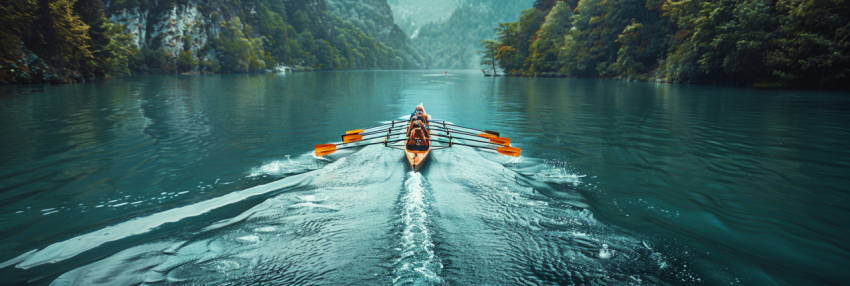
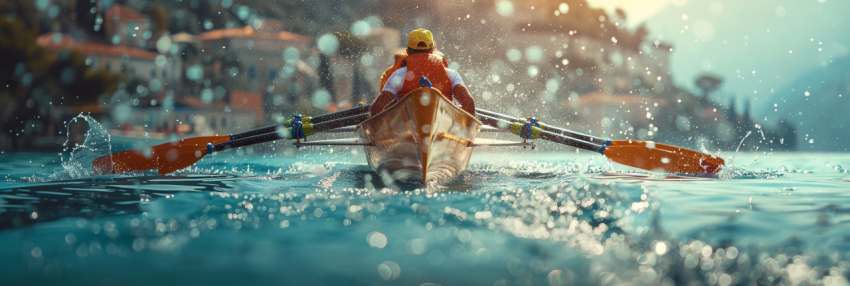

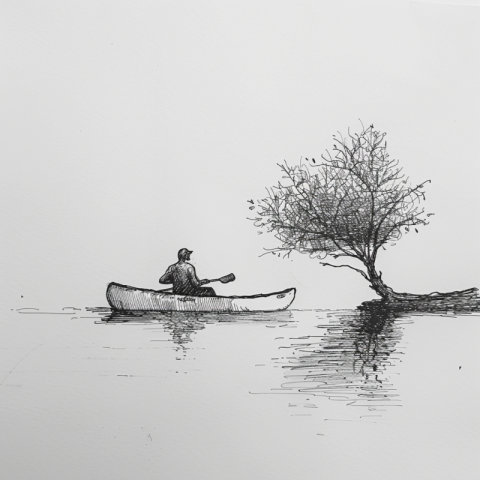


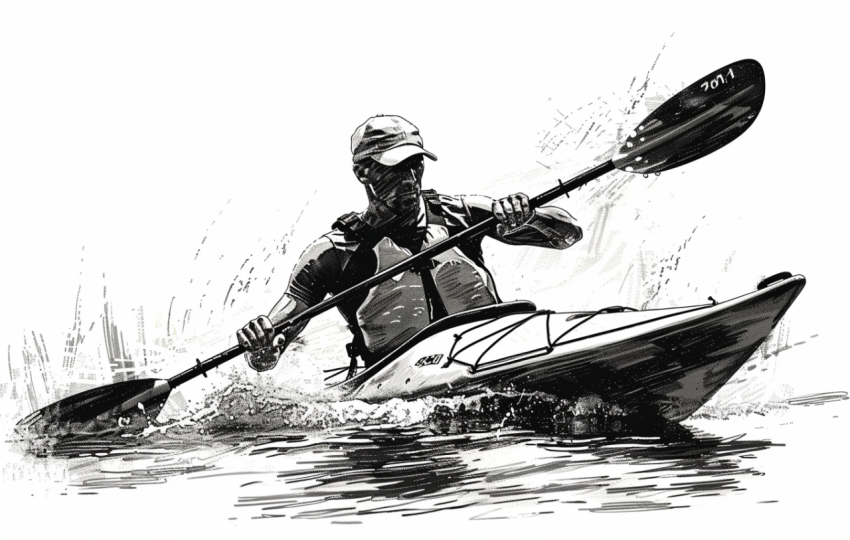

Boat Race: A Comprehensive Guide to Rowing and Regattas
Boat race, often synonymous with the sport of rowing, is a physically and mentally demanding activity that involves propelling a boat through water using oars. This guide provides a comprehensive overview of boat race, covering its various forms, famous competitions, essential techniques, training regimens, and the rich history that has shaped this enduring sport.
Types of Boat Racing
While "boat race" can refer to various types of on-water competitions using different vessels, it most commonly refers to:
- Rowing: A sport where athletes use oars to propel a boat, facing backward, across a body of water.
- Sweep Rowing: Each rower has one oar. Boats include pairs (2 rowers), fours (4 rowers), and eights (8 rowers with a coxswain to steer).
- Sculling: Each rower has two oars (sculls). Boats include single sculls (1 rower), double sculls (2 rowers), and quadruple sculls (4 rowers).
- Other Forms:
- Canoeing/Kayaking: Forward-facing paddling sports.
- Dragon Boat Racing: Teams paddle long, decorative boats.
- Yacht/Sailing Racing: Competitions involving sailboats.
This guide will primarily focus on Rowing.
Rowing Technique
- The Stroke: The fundamental rowing motion, divided into four phases:
- Catch: The blade enters the water.
- Drive: The rower pushes with the legs and pulls with the arms and back to propel the boat.
- Finish: The blade is extracted from the water.
- Recovery: The rower returns to the catch position.
- Synchronization: In crew boats, rowers must synchronize their movements perfectly for maximum efficiency.
- Feathering: Rotating the oar blade parallel to the water during the recovery to reduce air resistance.
- Squaring: Rotating the oar blade perpendicular to the water just before the catch.
Famous Boat Races and Regattas
- The Oxford and Cambridge Boat Race: An annual rowing race between Oxford University and Cambridge University on the River Thames in London, dating back to 1829.
- Henley Royal Regatta: A prestigious rowing event held annually on the River Thames in Henley-on-Thames, England.
- Head of the Charles Regatta: A large rowing regatta held annually on the Charles River in Boston, Massachusetts.
- World Rowing Championships: An international rowing competition organized by World Rowing (formerly FISA).
- Olympics: Rowing has been part of the Olympic Games since 1900.
Training for Boat Racing
Rowing requires a high level of physical fitness, including:
- Endurance: Rowers need to sustain high levels of effort over extended periods.
- Strength: Rowing requires powerful leg, back, and arm muscles.
- Power: The ability to generate force quickly is crucial for an effective stroke.
- Flexibility: Essential for a full range of motion during the stroke.
- Mental Toughness: Rowing is a demanding sport that requires discipline and focus.
Training Methods:
- On-Water Training: Rowing in boats to develop technique and endurance.
- Ergometer Training: Using rowing machines ("ergs") to improve fitness and technique.
- Weight Training: Building strength and power.
- Cross-Training: Activities like running, cycling, and swimming to improve overall fitness.
History of Rowing
- Ancient Origins: Rowing has been used for transportation and warfare for thousands of years.
- Competitive Rowing (18th/19th Centuries): The sport of rowing began to take shape in the 18th and 19th centuries, with the first Oxford-Cambridge Boat Race in 1829 and the founding of FISA (now World Rowing) in 1892.
- Olympic Sport: Rowing became an Olympic sport in 1900 for men, and in 1976 for women.
The Boats
- Shells: The long, narrow boats used in rowing are called shells.
- Riggers: The metal or composite frames that extend from the sides of the shell and hold the oars.
- Oars: Long poles with a flat blade at one end, used to propel the boat.
- Sliding Seats: Allow rowers to use their legs to generate power during the drive.
Conclusion
Boat race, particularly in the form of rowing, is a demanding yet rewarding sport that combines physical prowess, technical skill, and teamwork. From the historic Oxford-Cambridge Boat Race to the international stage of the World Rowing Championships and the Olympics, boat race continues to test the limits of human endurance and provides a thrilling spectacle for competitors and spectators alike.
Boat race, rowing, regatta, rowing machine, rowing technique, Oxford-Cambridge Boat Race, Henley Royal Regatta, Head of the Charles, World Rowing Championships, Olympics, rowing training, rowing shell, oars, coxswain, ergometer, rowing club, rowing team, sweep rowing, sculling, rowing news

